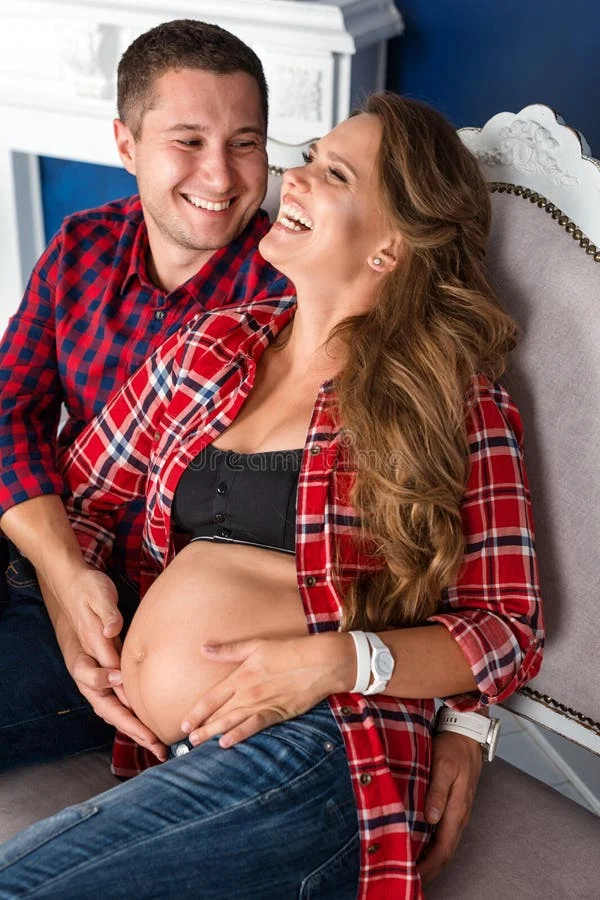My family tends to live in a bit of a bubble. We are white, well-educated, and comfortably middle class. Aside from some minor childhood hurdles—like my tendency to be a total bookworm and my husband’s struggle with dyslexia—we haven’t faced significant challenges. Our kids are growing up in a community lacking in racial and socioeconomic diversity. They enjoy good health and a wealth of opportunities to mirror the successful futures we’ve had. They haven’t really known hardship.
While I’m thankful for our circumstances, I can’t shake my concern about our family’s ability to truly empathize with others. It’s all too easy to remain in this cozy bubble, oblivious to the struggles faced by those outside of it. This bubble feels safe, even if it sometimes leads to a false sense of superiority. It’s simple to convince oneself that the issues we hear about or see on social media or in the news aren’t as dire as they seem.
In my 20s, a conversation with my friend Hiro changed everything. He’s Japanese American, and we were both new to Oregon at the time. I was only half-listening, distracted by the trivial stresses of life—like why my roommate never loaded the dishwasher.
Hiro mentioned that his apartment had once housed internment camp detainees during World War II. My mind went blank. “What do you mean?” I asked, feeling foolish.
He looked at me, surprised, and explained, “During WWII, the U.S. government forcibly relocated thousands of Japanese Americans.”
A wave of shame washed over me. How could I have forgotten this dark chapter of history? The only explanation I could muster was that it was too distressing to confront. Growing up, I had no Japanese American friends, and I hadn’t visited the West Coast, so it was easier to ignore. Anything I learned about it seemed to slip away without leaving a mark. The blame lay solely on my shoulders.
That day was not just embarrassing; it was a pivotal moment. A veil was lifted. I realized that history and stories are subjective, and it’s vital to consciously seek out and listen to all perspectives.
Now, I ask more questions—questions that dig deeper than the surface level. I try to remain aware, as much as possible, of the issues surrounding me, and I’m teaching my children to do the same. At ages 9 and 7, we’ve already tackled some challenging discussions, including the topic of internment camps. I’m careful to provide age-appropriate information; there are some details they can wait to learn until they’re older and more capable of processing them.
Our great nation—while remarkable—has its flaws. It’s crucial that children recognize this so they can grow up loving their country while understanding its mistakes. I want them to be mindful citizens who actively engage with the world around them and ask questions.
The Amache internment camp is just a few hours from our home, and we plan to visit. It won’t be the lightest family outing, but it’s an important one. My history-loving 9-year-old will be fascinated, while my 7-year-old will likely get emotional and want to leave after an hour. Regardless of their reactions, exposing them to such realities is necessary for a clearer understanding of the world.
If you want to learn more about the journey of pregnancy and the realities that come with it, check out this excellent resource for pregnancy. For those interested in boosting fertility, Make A Mom offers great insights. And if you’re curious about home insemination practices, you might enjoy reading this post on intracervical insemination.
In summary, teaching our children about the realities of injustice is a crucial part of their upbringing. It prepares them to be empathetic citizens who understand the complexities of history and community.
